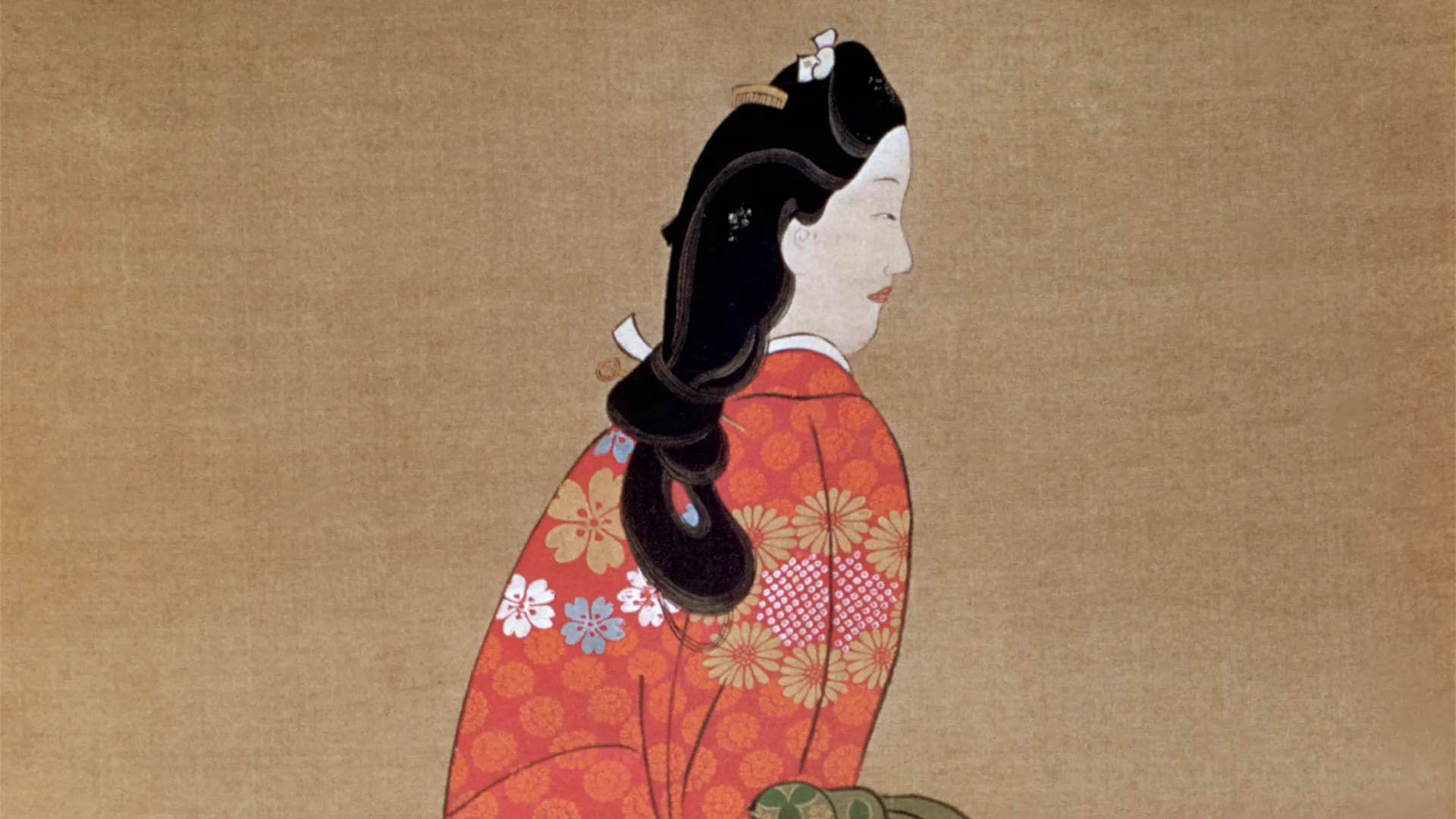
Robert Draws – Ukiyo-e Masterpiece is a term used to describe timeless Japanese woodblock prints. These artworks flourished in the Edo period of Japan. Their name means “pictures of the floating world.” That phrase refers to the fleeting beauty of daily life. Master artists captured emotions, landscapes, and culture in their works. Through vivid colors and lines, these moments became immortalized. As a result, people of all classes enjoyed Ukiyo-e in their homes. Furthermore, the past remained preserved in every carved detail. In this way, the artists not only celebrated daily life but also allowed future generations to experience it. Additionally, the detailed craftsmanship ensured that each print conveyed its full meaning. Over time, these prints became a visual record, offering insights into the cultural richness of the Edo period. Thus, Ukiyo-e bridged the past and present for all to see.
The Edo period began in the early 17th century. During this time, Ukiyo-e was born, flourishing in an era of peace. As a result, urban culture began to thrive in Japan’s major cities. Consequently, art was no longer limited to the aristocracy. With the invention of woodblock printing, artists could mass-produce their work. For example, scenes of kabuki actors and geisha frequently appeared in prints. Moreover, this newfound access made art an integral part of everyday life. As a result, a growing middle class eagerly embraced these visual stories, incorporating them into their homes and daily routines.
Each print began with a hand-drawn sketch. Then, that sketch transferred to a wooden block. Afterward, specialized artisans carved the block with precision. Next, they applied ink using brushes with great care. Furthermore, colored prints required several carved blocks, one for each color. Each color, therefore, had its corresponding block. Subsequently, they pressed the paper onto the inked wood to transfer the design. Finally, a print was completed only after achieving careful alignment. Through this process, the artists ensured each detail remained intact, creating vibrant and accurate reproductions of their original sketches.
“Read about: The Sacred Bloom: Symbolism in Madonna of the Carnation”
Daily life in Japan inspired many Ukiyo-e artists. For example, nature, seasons, and love stories often appeared in their work. Moreover, Mount Fuji symbolized beauty and spirituality. Samurai and folk heroes were also immortalized in these prints. Additionally, famous landscapes were depicted in breathtaking detail. In particular, many scenes took place during festivals or rituals. Consequently, artists captured the joy and sorrow of life equally. Furthermore, ghosts and myths found a place in Ukiyo-e prints. Thus, artists used every opportunity to express both the ordinary and extraordinary, connecting the viewer with a variety of human experiences.
Hokusai is known for “The Great Wave off Kanagawa.” This image has become globally recognized and admired. His work often focused on nature and spirituality. Another master, Hiroshige, excelled in landscape prints. His series “The Fifty-Three Stations of the Tōkaidō” gained fame. Each stop along a journey was illustrated beautifully. Utamaro focused on the elegance of women’s faces. His portraits captured the grace of Edo-period femininity.
“Read more: A Glimpse into Luxury: A Review of Cipriani Restaurant in Venice”
Ukiyo-e was exported during the 19th century. Western artists were heavily inspired by its style. Van Gogh and Monet studied Japanese prints extensively. They admired the bold lines and flat perspectives. The prints influenced Impressionism and Art Nouveau design. Japanese culture gained global recognition through these works. A revival of interest occurred in the 20th century. Exhibits were held in major international museums.
Artists embedded rich symbols within Ukiyo-e prints to enhance meaning and cultural depth. Cranes showed long life and fortune. Plum blossoms expressed resilience through winter’s challenges. Fans and umbrellas highlighted elegance and tradition in daily life. Foxes revealed connections to mythology and spiritual beliefs. Kimono patterns communicated status, personality, or family identity. Colors shifted to reflect emotions, seasonal changes, or specific events. Artists deliberately chose each visual element to enrich storytelling. They used detail to connect the viewer with deeper layers of Japanese culture. Symbolism created a hidden language that viewers could explore, interpret, and emotionally respond to over time.
The influence of Ukiyo-e remains strong today. Modern manga and anime draw significant inspiration from this tradition. Graphic design has been molded by its distinct aesthetics. Fashion prints often incorporate motifs from Ukiyo-e. These prints continue to define and shape Japanese identity. New artists keep recreating and reinterpreting Ukiyo-e, breathing new life into the tradition. Digital formats now make Ukiyo-e accessible to a broader audience. Its timeless beauty still captivates people around the globe. Through the work of contemporary creators, Ukiyo-e’s impact grows, ensuring that its legacy remains a central part of global visual culture.